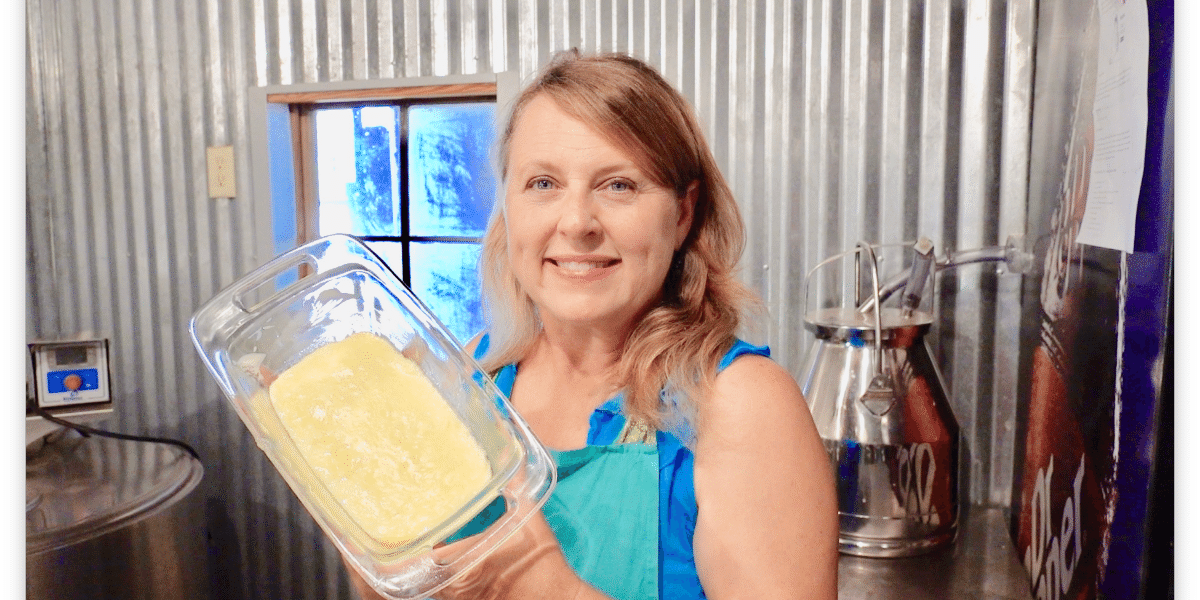Unlocking the Secrets of Artisanal Cheese Making: A Detailed Do It Yourself Guide
In the world of cooking craftsmanship, artisanal cheese making stands as a testament to the fragile balance between tradition and advancement. As we begin on this trip to demystify the art of producing exquisite cheeses, we are encountered with a tapestry of keys and abilities waiting to be deciphered.
Choosing the Right Milk
When starting the trip of artisanal cheese production, the option of milk plays a vital role in determining the quality and characteristics of the final product. The type of milk chosen affects the taste, structure, and generally profile of celebrity. Raw milk, right from the animal, is preferred by several artisanal cheesemakers due to its special mix of enzymes, germs, and taste substances. Using raw milk comes with threats and guidelines, making pasteurized milk a much safer option for newbies.
Furthermore, the source of the milk, whether from cows, goats, sheep, or buffalo, contributes distinctive tastes and attributes to the cheese. Each type of milk brings its own subtleties, permitting for a large variety of cheese varieties to be crafted based on the selected milk.
Culturing and Coagulating
To start the cheese-making process, the vital actions of culturing and coagulating should be carefully performed to change milk into curds and whey. The type of culture made use of can dramatically affect the taste, texture, and ripening of the final cheese item.
.jpg)
The timing and temperature level control during culturing and coagulation are critical variables that affect the final result of the cheese. Proper implementation of these steps is essential to make certain the preferred appearance, flavor, and uniformity of the artisanal cheese being created.
Draining Pipes and Pushing Curds
After the milk proteins have coagulated and the curds have actually been reduced to release whey, the next important step in artisanal cheese making includes draining pipes and pushing the curds to achieve the preferred appearance and uniformity of the final cheese product. The time for draining can vary depending on the type of cheese being made and the wanted dampness content.
Pressing helps remove any kind of remaining whey and compacts the curds to create a strong cheese wheel. Proper draining and pressing are critical actions that considerably impact the high quality and features of the artisanal cheese being produced.
Aging and Flavor Methods
Carrying out precise aging and flavor techniques is essential in boosting the Full Report depth and intricacy of artisanal cheeses, boosting their taste accounts to splendid levels of improvement and refinement. Aging plays an important function in developing the special tastes and structures that identify artisanal cheeses.
Flavoring methods additionally add substantially to the last preference of artisanal cheeses. Cheesemakers may select to introduce extra tastes by incorporating ingredients such as herbs, flavors, or also fruits right into the cheese during the manufacturing process. Additionally, some cheeses are washed or scrubed with different fluids, such as salt water or alcohol, to boost their textures and tastes.
Covering and Saving Cheeses

Verdict
To conclude, understanding the art of artisanal cheese making entails very carefully choosing the best milk, complying with specific culturing and coagulating processes, draining and pressing curds properly, and making use of numerous aging and flavoring strategies. By following these actions faithfully and with attention to information, you can produce your own delicious and unique cheeses go to my site at home. Keep in mind to cover and store your cheeses correctly to make sure optimum taste and texture development. Satisfied cheese making!
Each kind of milk brings its very own subtleties, allowing for a vast range of cheese selections to be crafted based on the picked milk.After the milk healthy proteins have actually coagulated and the curds have been cut to release whey, the next important step in artisanal cheese making involves draining and pressing the curds to attain the desired texture and consistency of the last cheese product. The majority of cheeses need to important source be wrapped in wax paper or cheese paper to permit them to take a breath while safeguarding them from drying out. For cheeses that require to continue aging, such as bloomy skins or washed peels, guarantee they are stored in a trendy setting like a cheese cavern or a fridge established to the proper temperature. By paying interest to the wrapping and storage space of artisanal cheeses, cheese makers and fanatics can maintain the honesty of these specials and totally enjoy their complicated tastes.